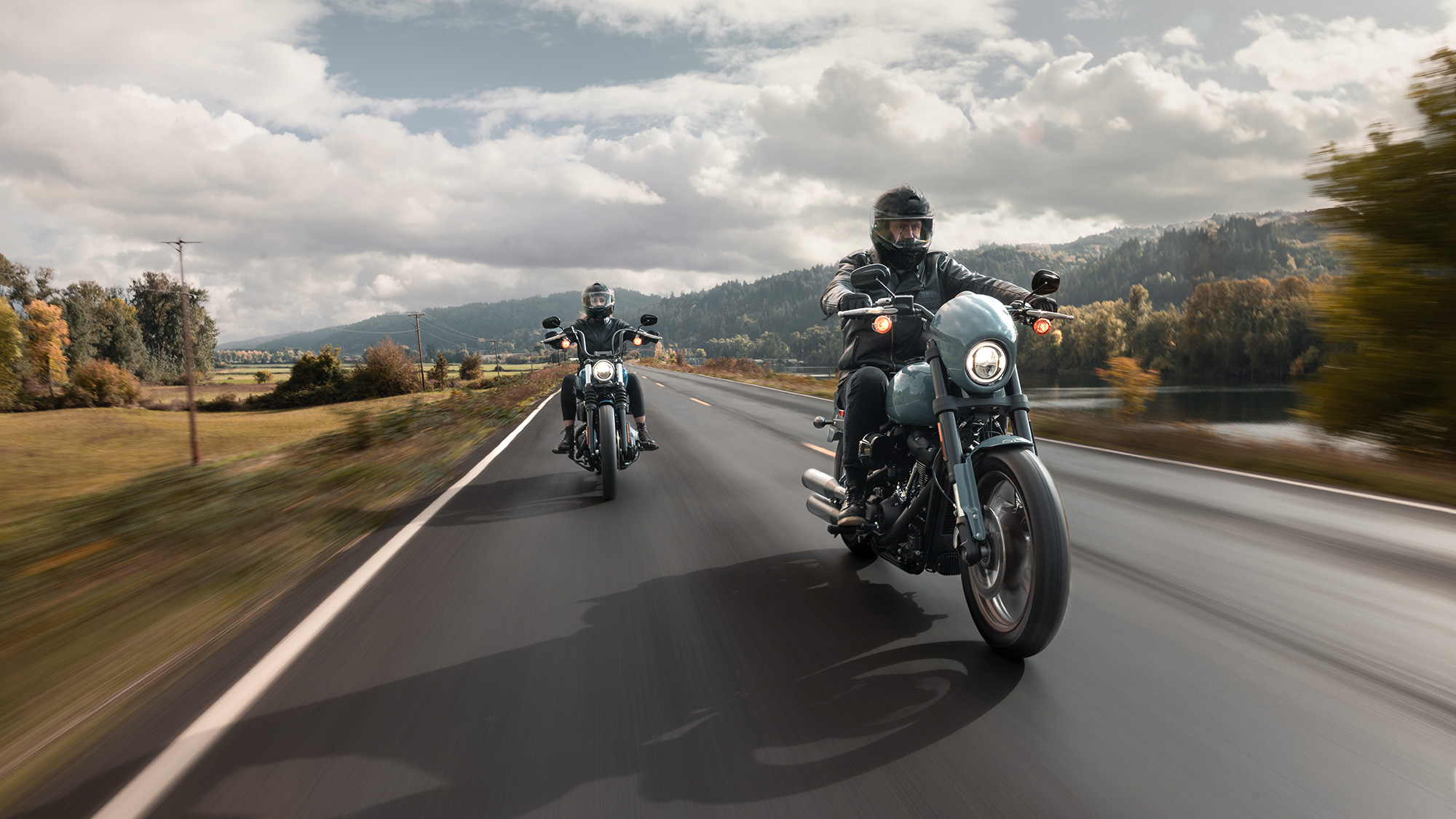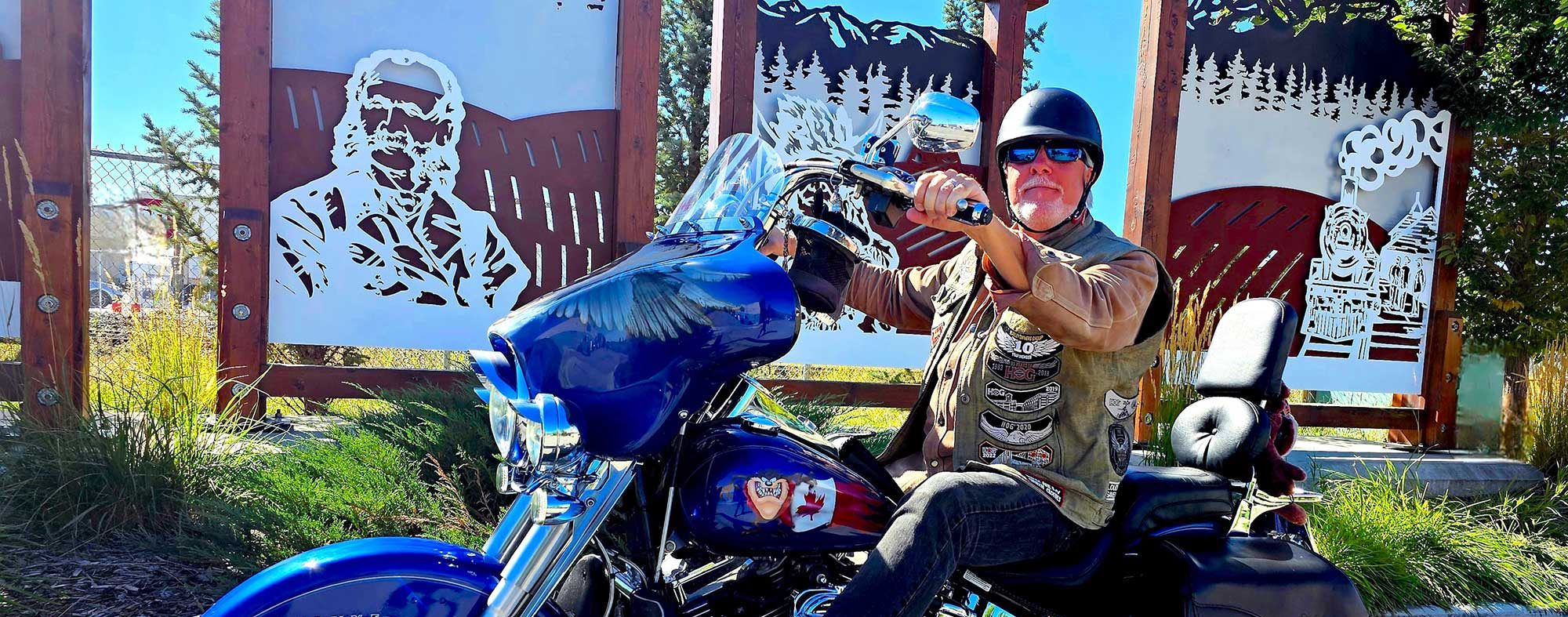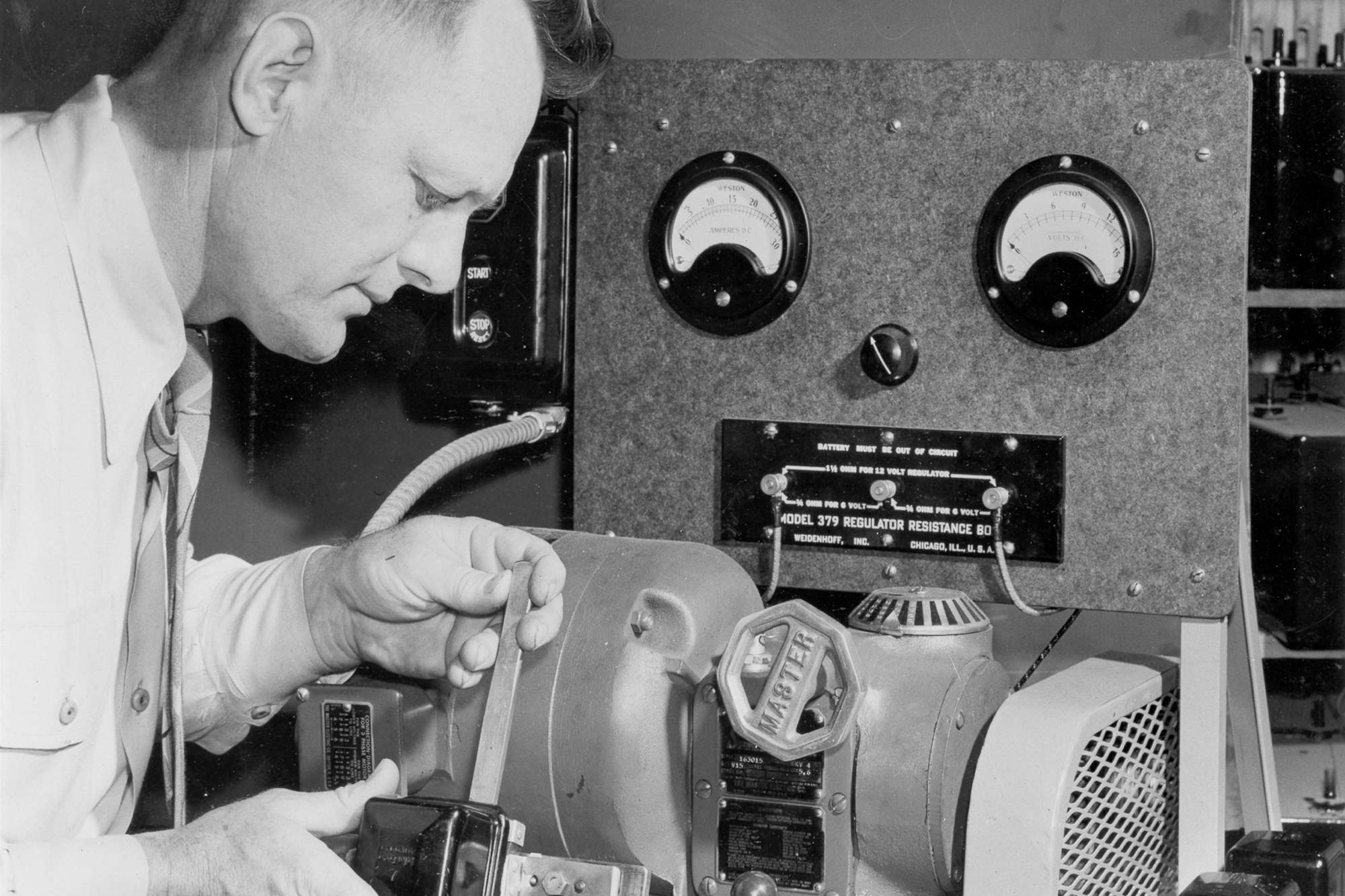
SMALL FINS, BIG PURPOSE
The humble voltage regulator may be often overlooked, but this inconspicuous piece of kit has a lot of history behind it.
Words by Lemmy
The voltage regulator is an unsung hero of your motorcycle. Your battery delivers electricity to all sorts of bits on the bike to get you rolling down the road – but the item that keeps that battery in shape to do its job is the voltage reg.
Your bike makes power by way of an alternator (or a generator if you are on an Ironhead or pre-’66 Big Twin). That alternator gets power from your spinning crankshaft and, along with the stator, converts the kinetic energy into electrical energy. However, that electricity has two characteristics that make it not ideal: the alternating current and the output fluctuating based on how fast the engine spins. The voltage regulator fixes both problems. It converts (rectifies) AC power to DC, and then it limits (regulates) the voltage to something the battery won’t find distasteful, generally in the realm of 13 to 14 volts on a current model.
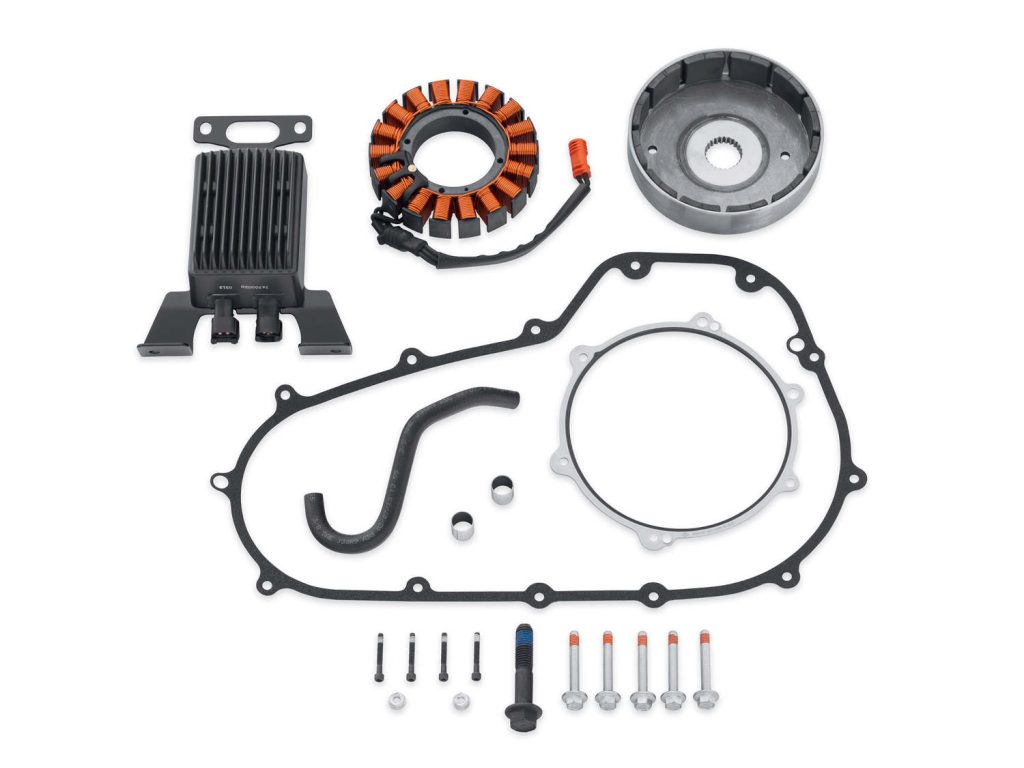
These hard workers tend to heat up, so Harley-Davidson has thoughtfully been locating voltage regulation devices out in the wind for many, many years. To that end, if you look at motorcycles through the years, you’ll see smooth housings eventually gave way to fins. Just like the ones on your engine, these increase the surface area and help transfer heat away from the case where the delicate electronic bits ride. But how did that become the norm?
An early-voltage regulating item, the cutout relay, was used until 1958. It was effectively an electrical switch that would route current to the battery if it was needed. That piece worked alongside generators, which generate current, much like a modern alternator and stator.

Notably, the three-brush generator required the user to select the output of the generator manually! The rider would set the genny for about the right output, and then the relay handled the overage. This somewhat crude system provided power for the headlight, taillight, ignition, stop lamp, and spot lamps for a bike so equipped. Or, more accurately, it provided limited power. Harley-Davidson made no secret of the fact that riding with the lights burning all the time was not possible.
The whole system made right around 12 amps, and it was well known at that time that riding the motorcycle at night for extended periods made the restart a chore. In 1958, Harley replaced the cutout relay with the mechanical voltage regulator, and in 1977, began experimenting with electronic regulation of voltage, which just got better and better with time.
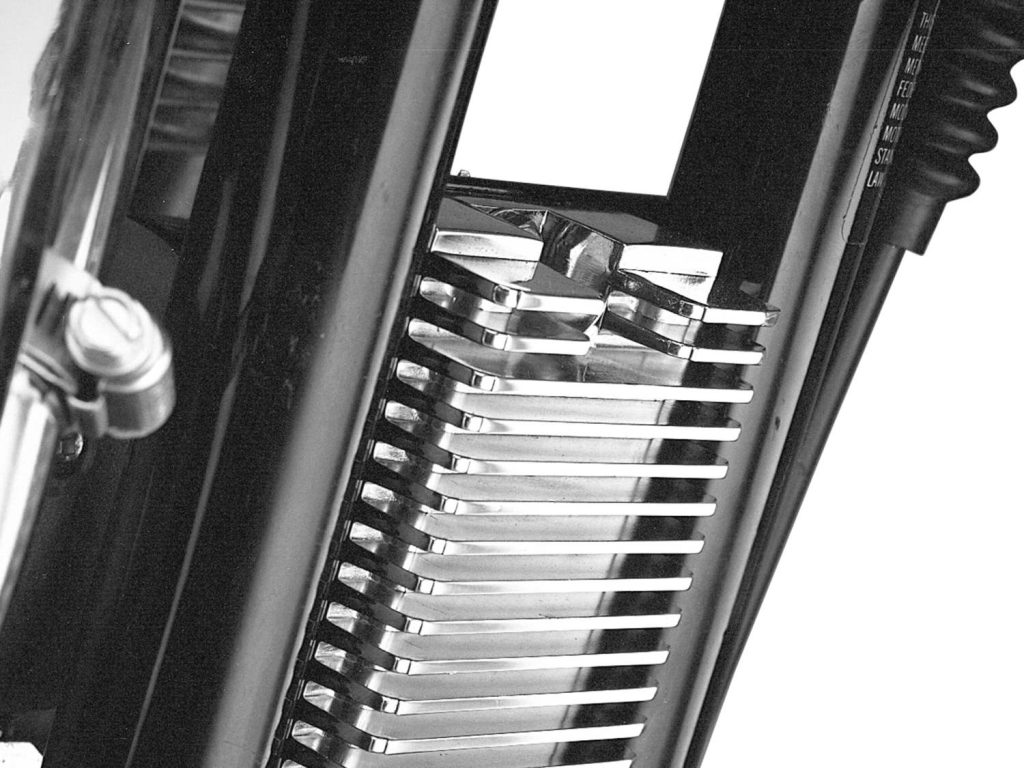
We’ve come a long way since that 12 amp draw on an early FL. Compare that with a modern Milwaukee-Eight® making 50 amps. The M8 in a dresser has a lot of equipment to run—a starter to turn over the biggest, highest compression Big Twin in the lineup, stereo, navigation system, ECM, fuel pump, and a Daymaker™ headlamp to name a few, plus most riders expect to add niceties like heated grips and heated clothing, and also want a power port for portable electronics. The stator and alternator are producing a ton of juice, and the only thing keeping it from boiling the fluid right out of the battery is that voltage regulator, dutifully rectifying the power into DC and feeding only enough to the battery to permit gentle charging.
You may not think of it often, but if you see those little fins when you walk by your bike, know the humble voltage regular is working every bit as hard as the finned engine!
Tags:
Read more tales from the Harley Owners Group!
2025 CANADIAN HOG RALLIES AND RIDING EVENTS
Stay tuned to this page for a listing of all of the 2025 HOG rallies and riding events in Canada. This page was last updated on December 20, 2024
Make life a ride and find your freedom
Exclusive discount for HOG Canada members with Freedom Biker Tours
Vagabond Rider: Hope and prep
Suggestions for how to prepare for inevitable inconveniences
